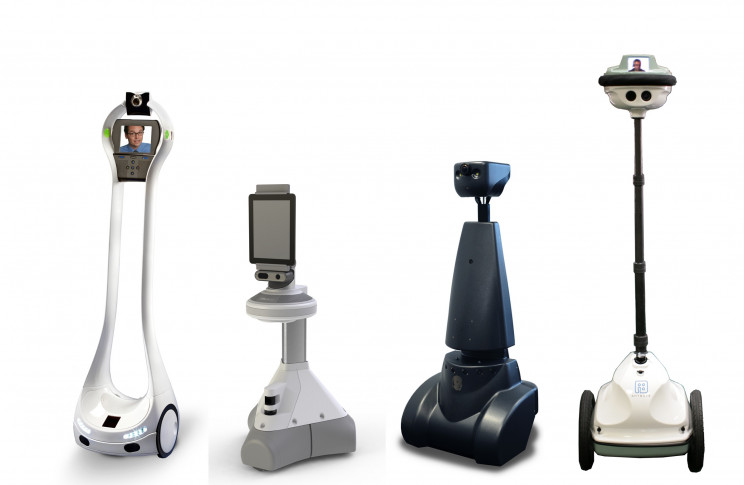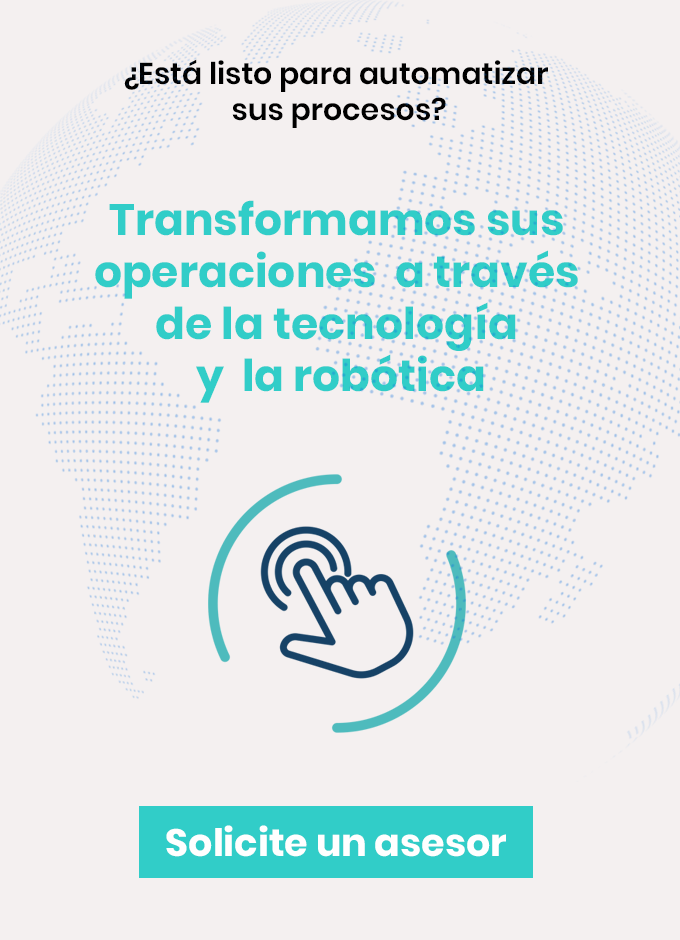5 Medical Robots That Are Changing the World
5 Medical Robots That Are Changing the World
Advances in medical technology are creating a world where robots can play a more significant role in patient care and treatment.
We are at a crucial juncture in the field of robotics. We are on the cusp of a massive shift in how we interact with the world and conduct our daily lives. Every day brings new discoveries that inevitably push us toward a future where much of the work is not done by us mere humans, but by robots.
The rise of automation in hospitals and clinics and the replacement of workers with machinery is not necessarily “new.” It’s a topic as old as the concept of medical technology, which has really begun to seem more urgent in the last half-century as robots become capable of performing more types of work.
But while many focus on the effects that automation has on factory workers and unskilled laborers, it was generally thought that people with high-skill careers, such as doctors, would be safe from the rise of machines. It turns out that may not be the case.
Indeed. Robotics experts have set their sights on the medical field. Many believe that an autonomous robot could soon be a regular member of the medical staff in any hospital performing all sorts of tasks, such as taking a patient’s vital signs, reading case notes, or even performing surgery.
And even if developments like that are farther in the future than experts predict, robots controlled by doctors already have a massive presence in the medical field, and the demand for less invasive and more patient-tailored procedures that can be achieved with them is only growing.
So without further ado, here are the top fifteen advances in medical robotics that are going to change your life:
Robot DaVinci
We begin with perhaps the most ubiquitous medical robot and the standard for robot-assisted surgery. This is a machine that blurs the line between “robot” and “medical tool,” as the device is always under the full control of the surgeon, but the advances it has fostered are astounding.
Using the daVinci system, some types of operations can be performed with just a few small incisions and with maximum precision, meaning less bleeding, faster healing, and reduced risk of infection.
And while daVinci has been around for nearly eighteen years, it has continued to advance further and further, but with big tech companies hot on daVinci’s heels to develop similar systems with more autonomous features and a wider range of abilities.
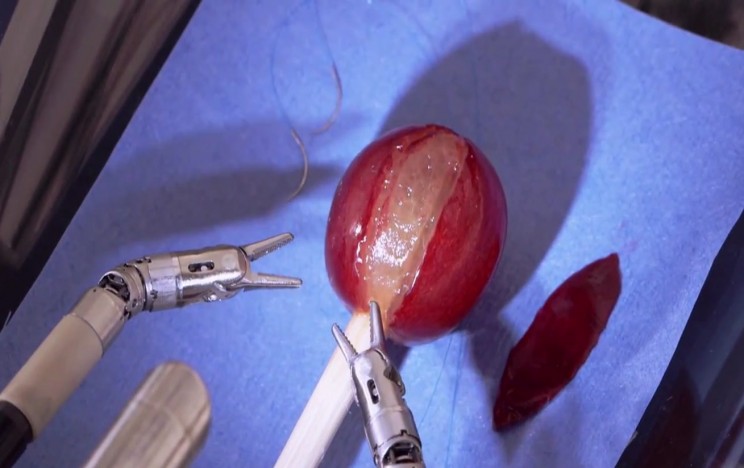
Endoscopy-Bot
An endoscopy is a procedure in which a small camera with a long cable is inserted into the body through a “natural opening” to look for damage, foreign objects, or traces of a disease. It’s an uncomfortable and delicate procedure that could also become a thing of the past.
The latest advancements in the procedure made by companies like Medineering use thin and flexible robots that can be driven like an RC car to the exact location needed by the physician.
They can then stay there without the tremor of human hands and deploy a wide range of tools for anything from taking a biopsy to cauterizing a wound.
Even more impressive are the so-called “capsule endoscopies,” where the procedure is reduced to the simple act of swallowing a pill-sized robot that travels along your digestive tract, collecting data and taking pictures that can be sent directly to a processor for diagnosis.

Desinfectant Bots
The truth is, hospitals are extremely dirty places. You can go there for treatment, only to leave with a completely new illness.
And since hospitals routinely administer large amounts of antibiotics, they can become breeding grounds for some of the most antibiotic-resistant bacteria out there.
That’s why it’s so important for hospital rooms to be clean, but why leave that cleaning to error-prone humans when you have a robot?
Modern disinfectant robots autonomously move to discharged patient rooms and then bombard the empty room with high-powered ultraviolet rays for several minutes until no living microorganism remains.
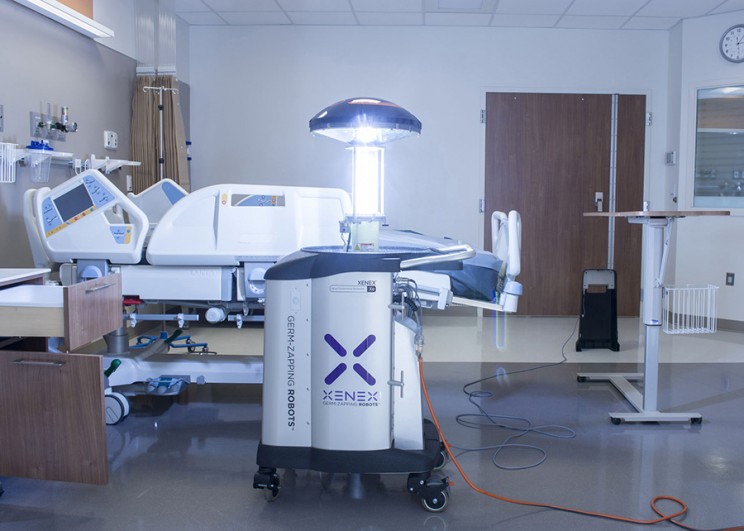
Pharmabot
Think of this basically as a large vending machine, but for medications! Honestly, this is one of those inventions where you hear about it and think, “Oh yeah, I don’t really need a physical person to count out and give me the pills my doctor prescribed. How is that not a thing already?” Well, it is now!
Here you can learn more about our automatic medication dispensers.
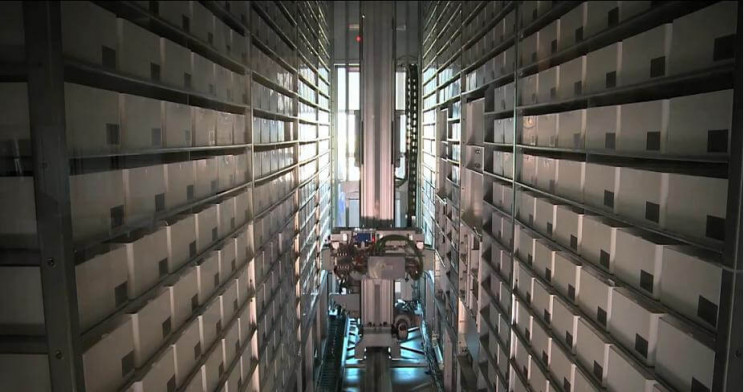
Medical Carts with Remote Care
The expansion of telehealth has been slow due to a number of barriers, but the COVID-19 pandemic has dramatically increased its acceptance and recognition.
With modern hospital carts, doctors can now speak with patients and local physicians anywhere in the world, sharing their expertise and consulting on diagnoses in real-time for a fraction of the cost and effort of having to travel there in person. So, as silly as it may seem, it’s very possible that your next annual check-up will be with a remote control tablet instead of a physical person.
